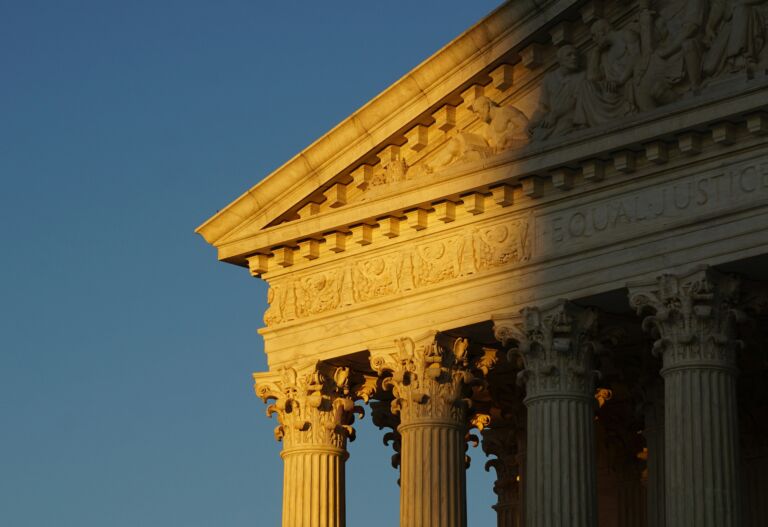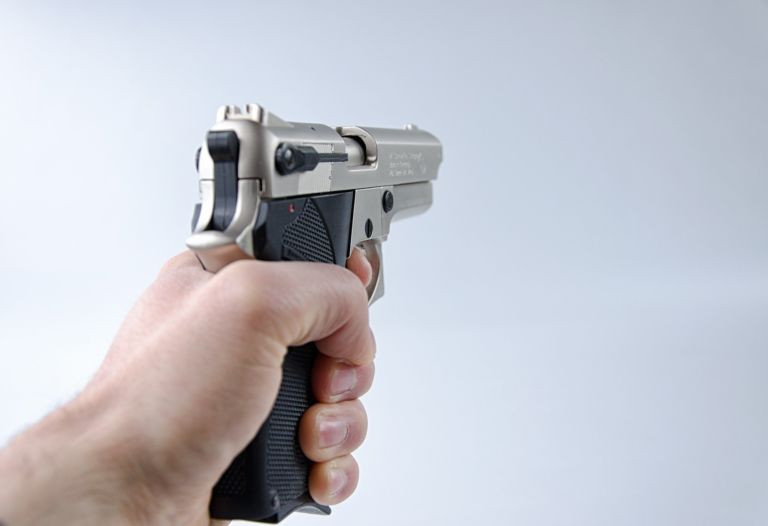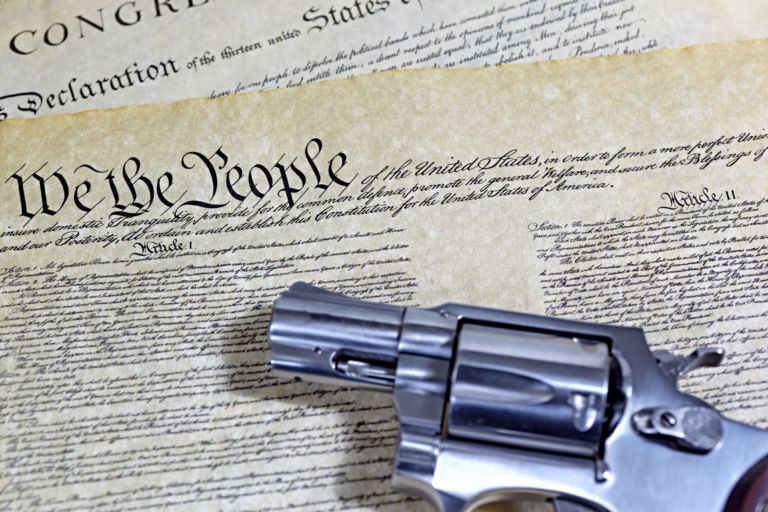I’ve written previously about the wonderful symposium called “Heller After Ten Years” that took place at Campbell Law School earlier this month. The event, which was organized by the staff of the Campbell Law Review and sponsored by the John Locke Foundation, gave experts from both sides of the gun control debate an opportunity to discuss how gun laws and gun policy have evolved since the U.S. Supreme Court ground-breaking decision in District of Columbia v. Heller. The Campbell Law Review staff did a terrific job. Everyone who should have been there was there, and every topic that should have been covered was covered.
I’m writing about the symposium again because video recordings of all the panels have just become available at the symposium’s website. Anyone interested in the Second Amendment would do well to watch the whole program, which includes the following panels:
- Heller: Past, Present, and Future
- Heller in the Lower Courts
- Heller and Protected Persons
- Justice Scalia’s Use of History in Heller
- Heller and Public Carry Restrictions
- Heller and “Assault Weapons”
Regarding the panel discussion of public carry restrictions, in my previous discussion of the event I wrote:
The Constitution states that, “[T]he right of the people to keep and bear Arms, shall not be infringed. ” (Emphasis added.) In Heller, the Supreme Court interpreted that statement to mean that individuals have a right to keep arms in their homes for self-defense, and, while it didn’t reach the question of whether they also have a right to bear arms in public for the same purpose, the latter would certainly appear to follow logically from the former. Nevertheless, as we learned during the afternoon discussion of public carry restrictions, not a single federal court of appeals that has considered the question has been willing to draw that conclusion.
I’m sorry to report that the U.S. Court of Appeals for the Second Circuit recently continued this trend of what one of the panelists at the symposium referred to as, “Narrowing from below.” Last week, the Second Circuit handed down an opinion upholding a clearly unreasonable restriction on licensed gun owners’ right to keep and bear their weapons. Here’s the court’s statement of the case:
Plaintiffs … brought suit … challenging a provision of a New York City licensing scheme under which an individual with a “premises license” for a handgun may remove the handgun from the designated premises only for specified purposes, including going to a shooting range in New York City. Plaintiffs sought to remove licensed handguns from their licensed premises for other purposes, including going to shooting ranges outside New York City and transporting the handgun to a second home in upstate New York.
Had this been a regulation imposing a similarly unreasonable restriction on any other constitutionally guaranteed right, the court would have struck it down in a heartbeat. Instead, however, after portentously weighing the burden imposed on the gun owners against the City’s need to protect public safety, the court concluded:
The burdens imposed by the Rule do not substantially affect the exercise of core Second Amendment rights, and the Rule makes a contribution to an important state interest in public safety substantial enough to easily justify the insignificant and indirect costs it imposes on Second Amendment interests.
Accordingly, [the Rule] survives intermediate scrutiny.
To repeat what I said above, if the Second Amendment guarantees an individual right to keep arms, it logically follows that it must guarantee an individual right to bear arms as well. Sadly, however, the federal appellate courts don’t appear to see it that way.


